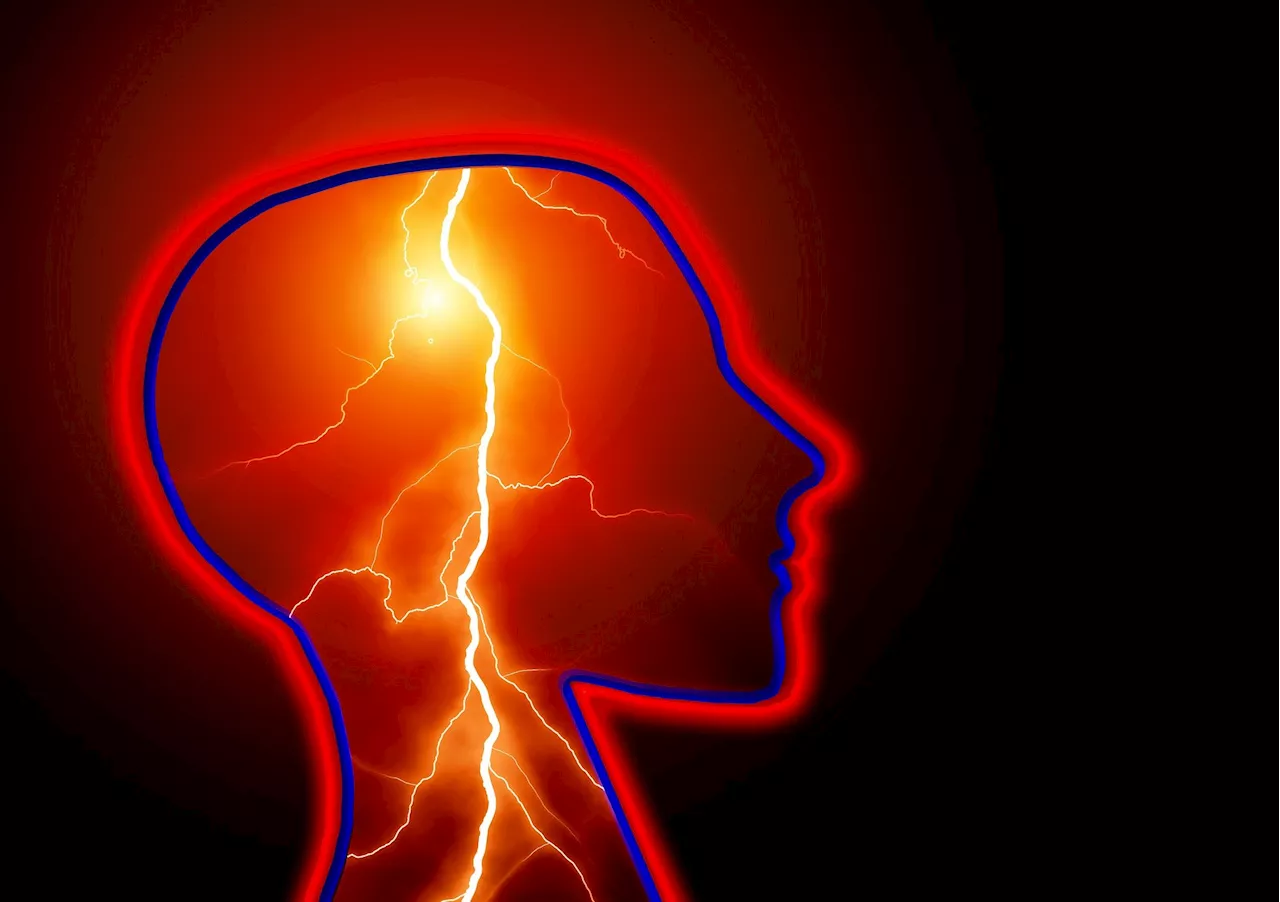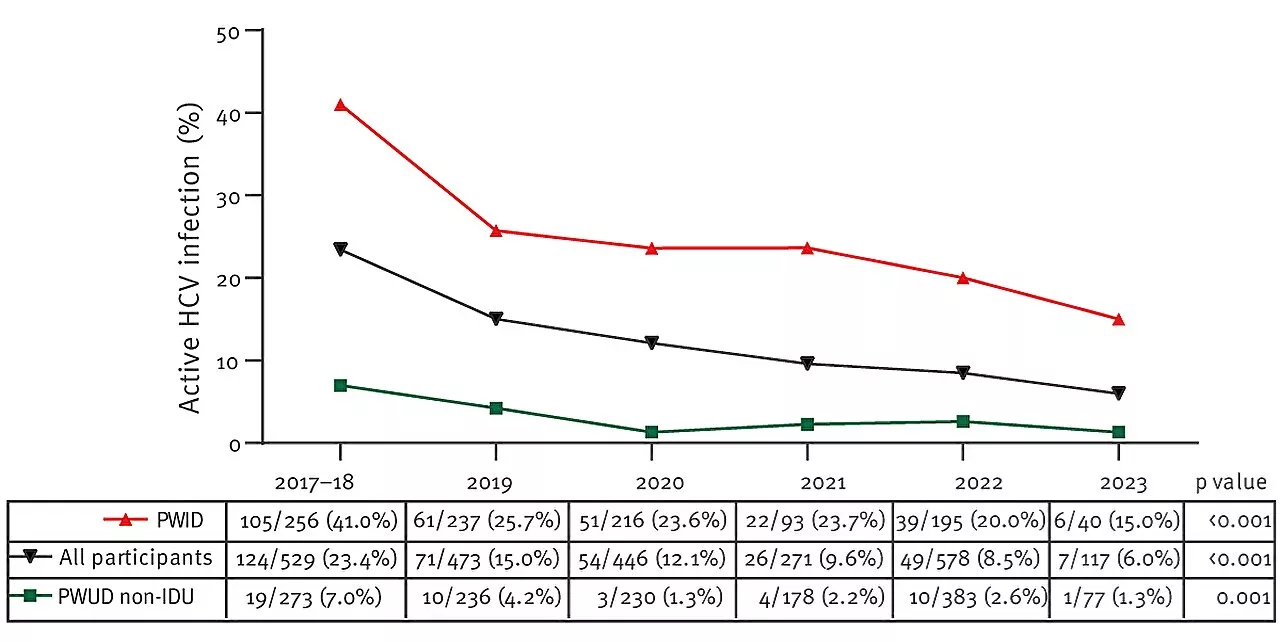A study uncovers the presence and activity of immune cells in glioblastoma, revealing new insights into brain tumor immunology and potential treatment avenues.
By Pooja Toshniwal PahariaReviewed by Benedette Cuffari, M.Sc.Aug 4 2024 In a recent study published in the journal Nature Medicine , researchers examine clinical glioblastoma and benign intracranial samples to determine the presence and function of immune cells in the brain.
The disruption of the neuro-immune barrier may be implicated in malignant diseases, such as glioblastoma; however, immune checkpoint inhibitors have been associated with limited efficacy in treating glioblastomas. Systemic immunosuppression and intrinsic, adaptive, and acquired immunotherapy resistance may prevent these immunotherapies from successfully reaching brain tumors.
Primary tissue cultures and single-cell suspensions were isolated from resected tumor tissue, bone, and blood samples. Within the cell suspensions, clusters of differentiation 45 , CD4+, and cytotoxic CD8+ T-cells, CD4+ regulatory T cells, and mucosal-associated invariant cell levels were measured.
Related StoriesThe combination of CXCR4 radiolabeling with PET-CT imaging was found to be highly effective for investigating immune cell dynamics within brain tissues. High concentrations of CXCR-expressing cytotoxic T-cells were observed within cranial bone marrow, particularly in regions adjacent to glioblastoma tissue.
Immunotherapy Blood Bone Bone Marrow Brain CD4 Cell Central Nervous System CT Efficacy Imaging Immune Response Immunosuppression Malignant Medicine Nervous System Receptor T-Cell Tomography Tumor
Philippines Latest News, Philippines Headlines
Similar News:You can also read news stories similar to this one that we have collected from other news sources.
 Sexual and gender minorities are twice as likely to report active epilepsySexual and gender minorities (SGM)—individuals who identify as gay, lesbian, bisexual, queer, transgender, non-binary, or gender-diverse—are twice as likely to report active epilepsy compared to non-SGM individuals, based on a National Institutes of Health (NIH) analysis of data from the population-based National Health Information Survey.
Sexual and gender minorities are twice as likely to report active epilepsySexual and gender minorities (SGM)—individuals who identify as gay, lesbian, bisexual, queer, transgender, non-binary, or gender-diverse—are twice as likely to report active epilepsy compared to non-SGM individuals, based on a National Institutes of Health (NIH) analysis of data from the population-based National Health Information Survey.
Read more »
 Socioeconomic factors linked to persistently active rheumatoid arthritisSocioeconomic factors and deprivation are associated with persistently active rheumatoid arthritis (pactiveRA), according to a study published online July 14 in RMD Open.
Socioeconomic factors linked to persistently active rheumatoid arthritisSocioeconomic factors and deprivation are associated with persistently active rheumatoid arthritis (pactiveRA), according to a study published online July 14 in RMD Open.
Read more »
 The First Descendant continues comeback, reaching top 5 in weekly active users on all its platformsThe First Descendant continues its redemption arc after reaching the top 5 in weekly active users on the PlayStation, Xbox, and Steam.
The First Descendant continues comeback, reaching top 5 in weekly active users on all its platformsThe First Descendant continues its redemption arc after reaching the top 5 in weekly active users on the PlayStation, Xbox, and Steam.
Read more »
 Active commuters less likely to suffer from heart disease and cancer, new research showsHealth benefits of pedestrian and cyclist commuting.
Active commuters less likely to suffer from heart disease and cancer, new research showsHealth benefits of pedestrian and cyclist commuting.
Read more »
 Why F1’s active aero move should inspire Formula EMoveable aerodynamics will be adopted by Formula 1 as part of a rules shakeup from 2026, and it has upsides that Formula E would be wise to take note of
Why F1’s active aero move should inspire Formula EMoveable aerodynamics will be adopted by Formula 1 as part of a rules shakeup from 2026, and it has upsides that Formula E would be wise to take note of
Read more »
 Study shows decrease in active hepatitis C infection among risk groupsA study conducted through a mobile screening unit in Madrid, Spain from 2017 to 2023 and published in Eurosurveillance found that active hepatitis C virus (HCV) infection decreased from 23% to 6% in that period among people who use drugs (PWUD) that visited the unit.
Study shows decrease in active hepatitis C infection among risk groupsA study conducted through a mobile screening unit in Madrid, Spain from 2017 to 2023 and published in Eurosurveillance found that active hepatitis C virus (HCV) infection decreased from 23% to 6% in that period among people who use drugs (PWUD) that visited the unit.
Read more »
